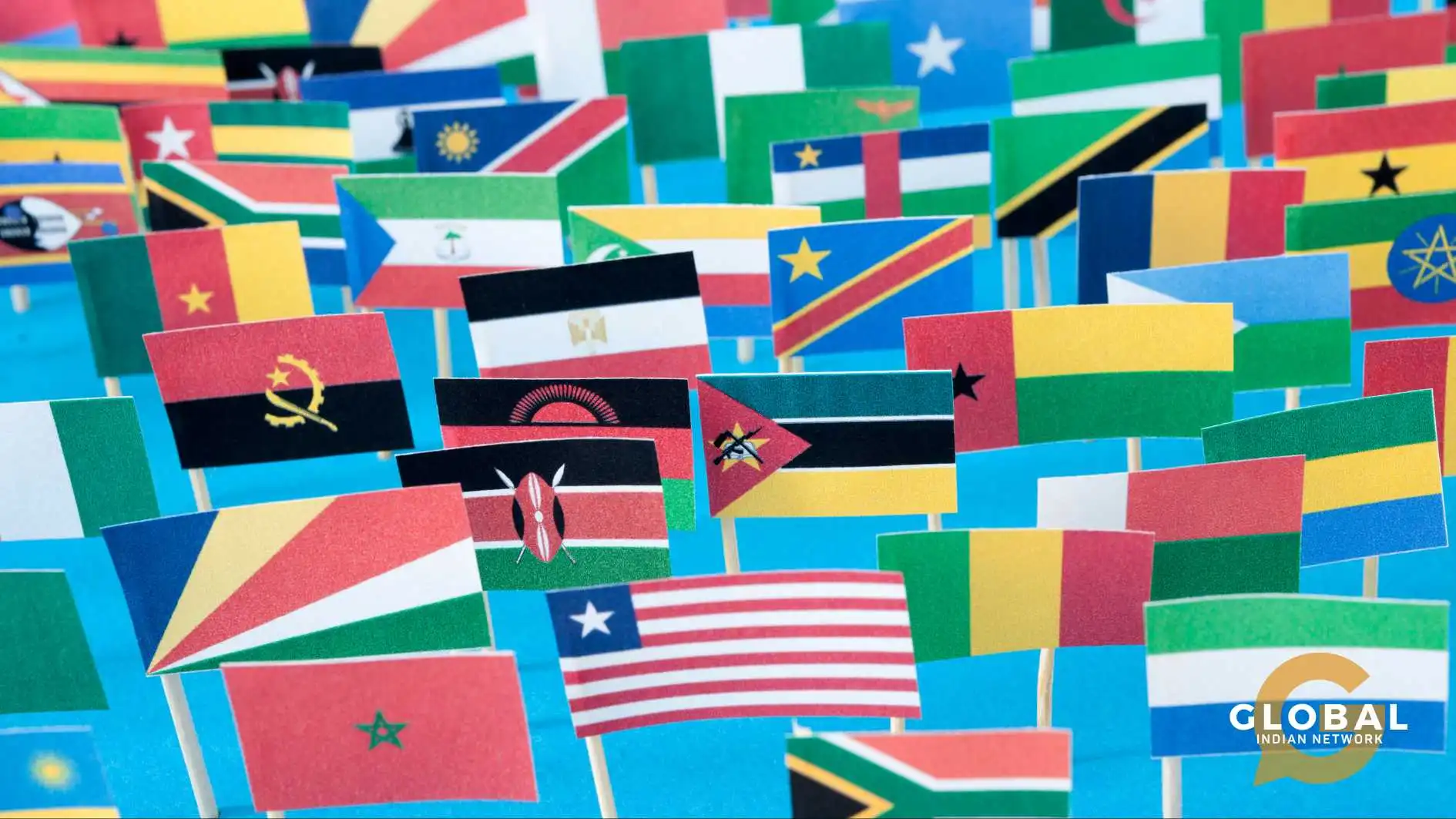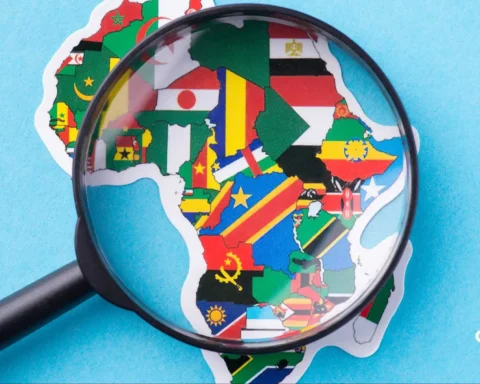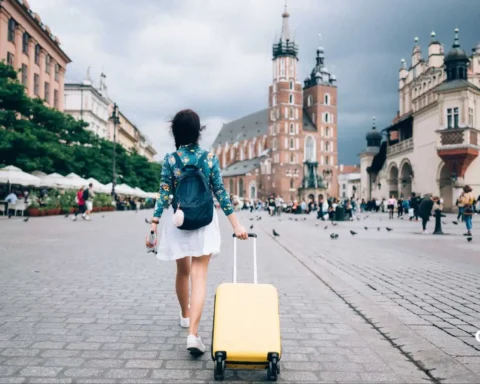What really makes some places feel unsafe? Not unsafe in the way of dark alleys or unfamiliar roads, but unsafe in the sense that it seeps into the rhythm of daily life, where uncertainty becomes an ordinary act. When we talk about the unsafe countries in Africa, the question goes far beyond borders or conflict zones. It reaches into the human condition itself, how people endure when the ground beneath them shifts with every political tremor or burst of gunfire.
Safety, after all, isn’t merely the absence of violence. It’s a sense of predictability, a faith that tomorrow will come as promised. And in parts of Africa, that promise has been broken too many times.
Table of Contents
The Geography of Fragility in the Unsafe Countries in Africa
If you look at a map, it’s almost uncanny how certain regions form what might be called a belt of uncertainty. Stretching across the Sahel, from Mali and Burkina Faso through Niger and Nigeria, brushing against Chad and Sudan, there’s a pattern of instability that repeats like a cynical echo. To the south and east, in the Democratic Republic of the Congo, the Central African Republic, and Somalia, the pattern continues.
The unsafe countries in Africa aren’t unsafe because of a single cause but because so many fault lines meet in one fragile landscape. Poverty alone doesn’t explain it, nor does history by itself. Rather, it’s the uneasy overlap of armed conflict, terrorism, and fragile governance. Each factor feeds into the other until survival becomes the most realistic ambition.
When War Becomes a Language
In places like Sudan or South Sudan, war has become a kind of inherited vocabulary. Children grow up learning to distinguish between the sounds of different weapons, as if these were part of their natural education. When fighting erupts, it isn’t always clear who is fighting whom anymore: rebels, militias, government soldiers, mercenaries. Lines blur. Loyalties shift. This is what makes conflict so corrosive: it dissolves the idea of home. Villages are burned, crops abandoned, families scattered.
And yet, amidst all that ruin, people still find ways to live, teaching, farming, loving, and even laughing. Safety might disappear, but resilience somehow refuses to.

Terror That Travels Without Borders
Then there is terrorism, a force that does not obey maps. In the unsafe countries in Africa, extremist groups like Boko Haram, Al-Shabaab, and ISIS-linked militias do not just attack cities or checkpoints. They attack the idea of order.
In Nigeria, Mali, Burkina Faso, and Somalia, these groups thrive in the shadows of weak governance. Their violence is almost ritualistic, bombings, kidnappings, and assaults on schools or churches, each one meant to remind people that the state cannot protect them. But perhaps the cruellest part is how easily fear travels. You do not need to witness a bombing to feel its weight; the rumour of one nearby is enough to change your route, your plans, even your trust in strangers.
The Corrosion of Power
Of course, not every form of danger comes with gunfire. Corruption, though quieter, is equally deadly. In the DRC, South Sudan, or Nigeria, power often functions as a private business rather than a public trust. Officials steal from the very systems meant to protect citizens, while ordinary people navigate a kind of moral marketplace where justice can be bought and laws bend for the highest bidder.
When corruption replaces accountability, violence becomes the only language left for frustration. The government’s silence becomes permission for others to act without consequence. This is how an unsafe country sustains itself, not only through conflict but through neglect that masquerades as normalcy.
The Shadow Market: Crime as a Way of Life
Organized crime also feeds on chaos. In places where governments barely function, illegal economies bloom like weeds. The DRC’s mineral wealth is both a blessing and a curse, with gold, cobalt, and diamonds all fueling international industries while locals toil in dangerous, unregulated mines. Elsewhere, human trafficking routes cross porous borders, and drugs move along the same paths once used for colonial trade.
It is strange, isn’t it? The same geography that once connected Africa to the world through commerce now connects it through crime. Every smuggled gem or trafficked child is a symptom of what happens when law and livelihood fall apart together.
South Africa: The Paradox of Modern Danger
And then there is South Africa, a country that isn’t at war yet feels perpetually on edge. Cape Town and Johannesburg gleam with urban beauty, but crime seeps through even the most vibrant neighbourhoods. The violence here is personal rather than political, including robbery, carjacking, and sexual assault.
In many ways, South Africa embodies a different kind of insecurity, one born not from collapse but inequality. The divides between rich and poor, safe and unsafe, are visible at every traffic light. Here, fear wears a different face, not of soldiers or rebels, but of strangers who might be desperate enough to kill for a phone.

The Weight of Human Suffering
To speak of humanitarian crises almost feels too clinical. The numbers, millions displaced, millions hungry, fail to capture the texture of it. Imagine walking for days under the sun, carrying your child because you heard there might be food in the next camp. Imagine not remembering what home looked like. These crises are both consequence and cause. Conflict creates famine, famine fuels migration, and migration triggers new conflict. Diseases spread where systems collapse. Aid arrives, but slowly, and often with conditions attached. It is as if the continent keeps trying to breathe while someone presses a hand over its mouth.
Sometimes, the hardest question isn’t why a country becomes unsafe, but why it stays that way. Many of these nations have seen peace treaties, international interventions, elections, and even moments of hope. Yet the cycle resumes.
Perhaps it is because safety isn’t something you can import. It is a culture, a habit of cooperation that must be built slowly, from within. Without functioning institutions, schools, courts, hospitals, and free media, stability remains fragile. You can stop a war, but you cannot legislate trust.
The Geography of Hope and Its Absence in the Unsafe Countries in Africa
Still, there are moments that defy despair. Local peacekeepers in CAR are protecting entire villages. Women’s groups in Somalia mediate between clans. Youth collectives in Nigeria are using art to reclaim their cities from fear. These are small acts, but they matter, like seeds planted in burned soil.
The tragedy of the unsafe countries in Africa is not that they are doomed, but that they are too often simplified. Western media loves a single story: famine, warlords, and poverty. But the truth is more layered. There is joy amid the rubble, laughter amid the fear. The continent’s danger is real, but so is its defiant vitality.
The Unanswered Question
Maybe the question isn’t what makes Africa unsafe, but what makes safety so fragile anywhere. Strip away the specifics, guns, coups, corruption, and you find something universal: the human longing for order, fairness, dignity. The same desires that build societies can also destroy them when frustrated. Every unsafe nation, whether in Africa or elsewhere, reflects a failure to balance power and empathy. And perhaps that is what is most unsettling, not that Africa is unsafe, but that it reveals how thin the fabric of safety truly is.
Conclusion
In 2025, lists will continue to name Sudan, South Sudan, the DRC, CAR, Somalia, Mali, Nigeria, Burkina Faso, Cameroon, and South Africa as among the most unsafe countries in Africa. The pattern will feel familiar, the data predictable. But maps lie in their own way; they show boundaries, not experiences.
The real story lives in the spaces between, between hunger and hope, war and endurance, fragility and faith. To understand these nations is to accept complexity, that danger and beauty coexist, that despair and resilience can share the same breath.
Safety, in the end, is a luxury built on invisible agreements. When those break, what remains isn’t chaos alone; it is the raw pulse of survival, the oldest instinct we share.
And perhaps, in that sense, Africa’s most unsafe countries remind us of something profoundly human: that peace is never permanent, and its preservation demands far more than the absence of war.

FAQs
What are the most unsafe countries in Africa?
Sudan, South Sudan, the DRC, CAR, Somalia, Mali, Nigeria, Burkina Faso, Cameroon, and South Africa are often listed as the most unsafe.
Why are some African countries considered unsafe?
They face overlapping issues like conflict, terrorism, corruption, and weak governance.
Is all of Africa unsafe to visit?
No, many African nations are peaceful and safe for travelers, with rich cultures and stable governments.
Can unsafe countries in Africa become stable again?
Yes, through strong institutions, education, justice, and local peacebuilding efforts, stability can slowly return.









